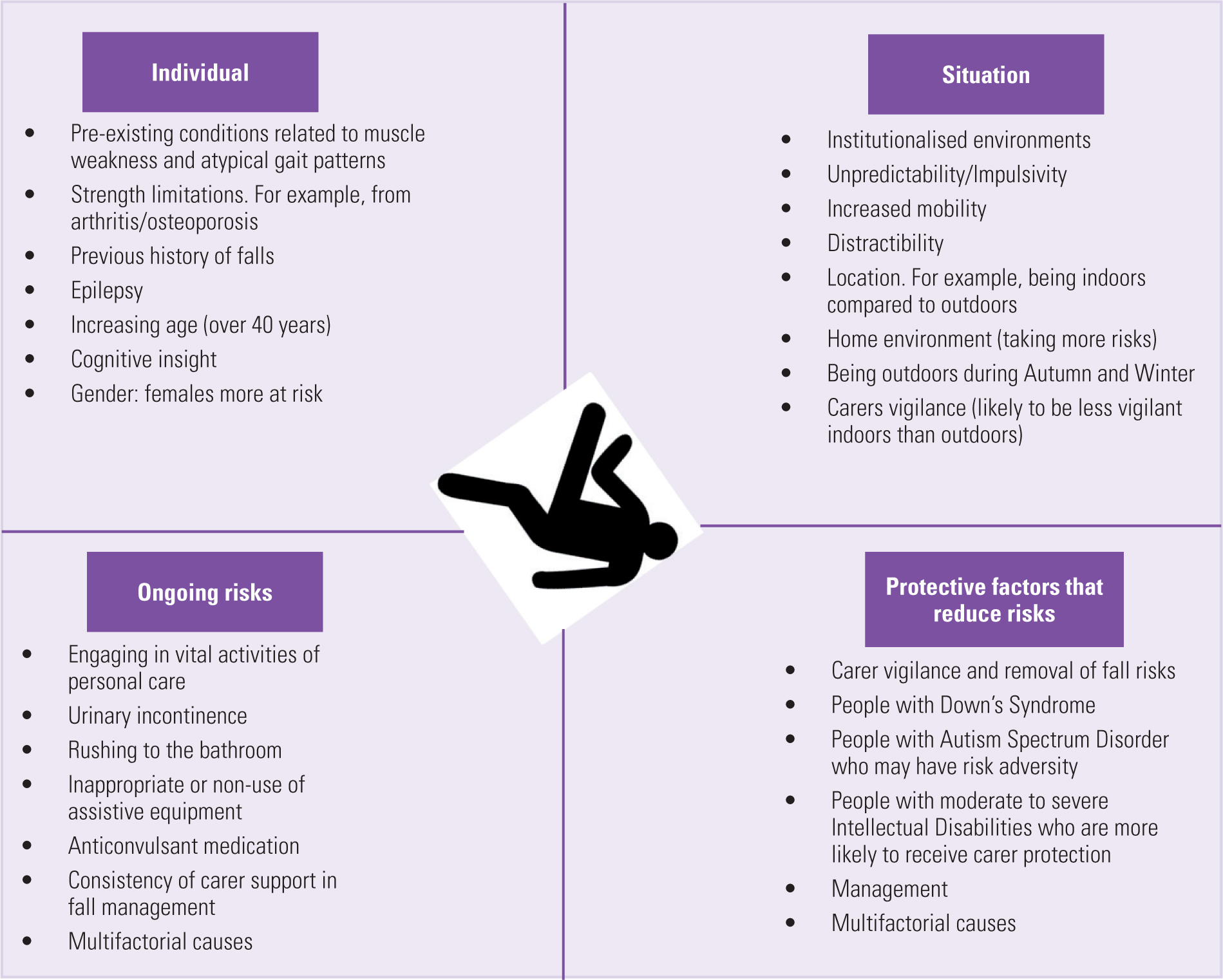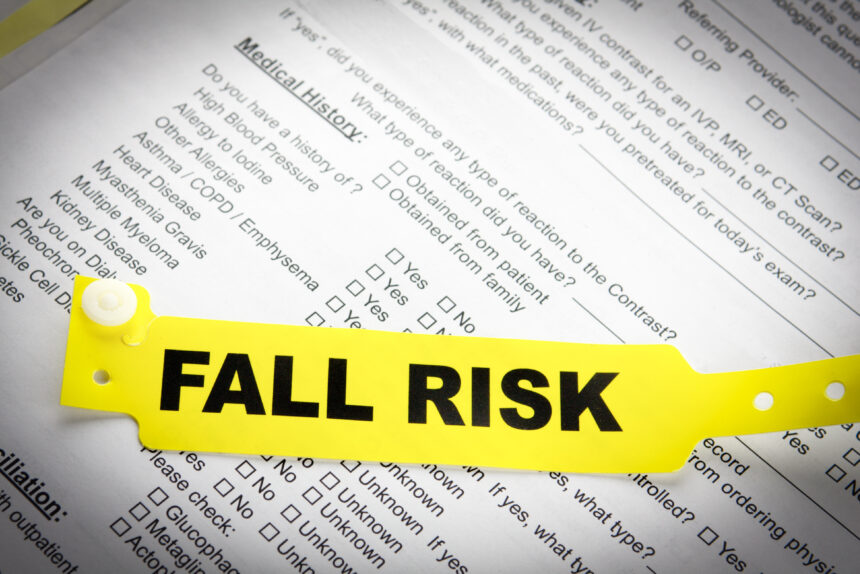Rumored Buzz on Dementia Fall Risk
Top Guidelines Of Dementia Fall Risk
Table of ContentsDementia Fall Risk for DummiesThe smart Trick of Dementia Fall Risk That Nobody is DiscussingDementia Fall Risk - The Facts6 Easy Facts About Dementia Fall Risk DescribedSome Known Details About Dementia Fall Risk
However, based on symptoms and signs, such as evidence of head injury or a new focal neurologic shortage, calculated tomography or MRI of the brain might be suggested - Dementia Fall Risk. An evaluation for root causes of syncope should be carried out only if there is solid suspicion, as in the instance of recurring, unexplained drops
Health care carriers utilize an autumn danger evaluation to recognize your danger factors for dropping and make handy suggestions. A loss risk analysis is vital because knowing which factors raise your opportunities of dropping aids you: Reduce your danger of dropping or harming yourself.
Maximize your ability to move and be active. Preserve a healthy, independent life. All adults 65 years and older need to have a preliminary autumn risk screening. Your doctor may ask you whether you: Feeling unstable when standing or strolling. Have dropped in the past year. Stress over falling. If you address yes to any of these concerns, your doctor will certainly recommend an additional, more detailed analysis.
The Definitive Guide for Dementia Fall Risk

Explore this thorough nursing care strategy and management overview to effectively protect against risk for falls among individuals. Acquire important understanding regarding the nursing analysis, taking care of diagnosis, and objectives particularly customized to people that go to danger for falls. A is defined as an event that causes an individual coming to relax inadvertently on the ground or floor or various other reduced degree (THAT, 2021).
Falling is the 2nd leading cause of fatality from unintentional injuries globally. It is approximated that loss death rates in the U.S
Dementia Fall Risk - Questions
If this price proceeds, the CDC prepares for 7 autumn fatalities every hour by 2030.
Each year, over 800,000 patients are hospitalized since of falls. Nurses play a major duty in preventing drops for their people through education, assessing autumn danger, creating more secure environments, and giving interventions in preventing injuries from falls.
Loss are due to several elements, and an all natural strategy to the private and environment is crucial. Mean an individual is taken into consideration at high risk for drops after the testing.
The Only Guide to Dementia Fall Risk
A requires making use of a verified device that scientists have actually taken Go Here a look at to be helpful in naming the sources of drops in an individual. As a person's health and wellness and situations modification, reassessment is required. The level of fall risk can be established using the assessment of intrinsic and extrinsic aspects. Standard evaluation devices can likewise be utilized (discussed below).
Individuals are go much more most likely to drop again if they have actually maintained one or more drops in the past six months. The older population is at raised risk of fall-related readmissions based on a research study determining the aspects anticipating of repeat drops linked end results (Prabhakaran et al., 2020).
The ability of individuals to shield themselves from drops is affected by such factors as age and advancement. Older individuals with weak muscles are much more likely to drop than those that keep muscular tissue toughness, adaptability, and endurance.
Some Known Factual Statements About Dementia Fall Risk
Less contrast level of sensitivity was quite connected with both raised rates of falls and other injuries, while decreased visual skill was only associated with boosted loss price (Timber et al., 2011). Sensory assumption of ecological stimulations is critical to security. Vision and listening to impairment limitation the patient's capacity to perceive threats in the surroundings.
Older grownups that have poor equilibrium or trouble walking are much more most likely to drop., or various other medical conditions and treatments., and use of psychotropic medications (Stanmore et al., 2013).